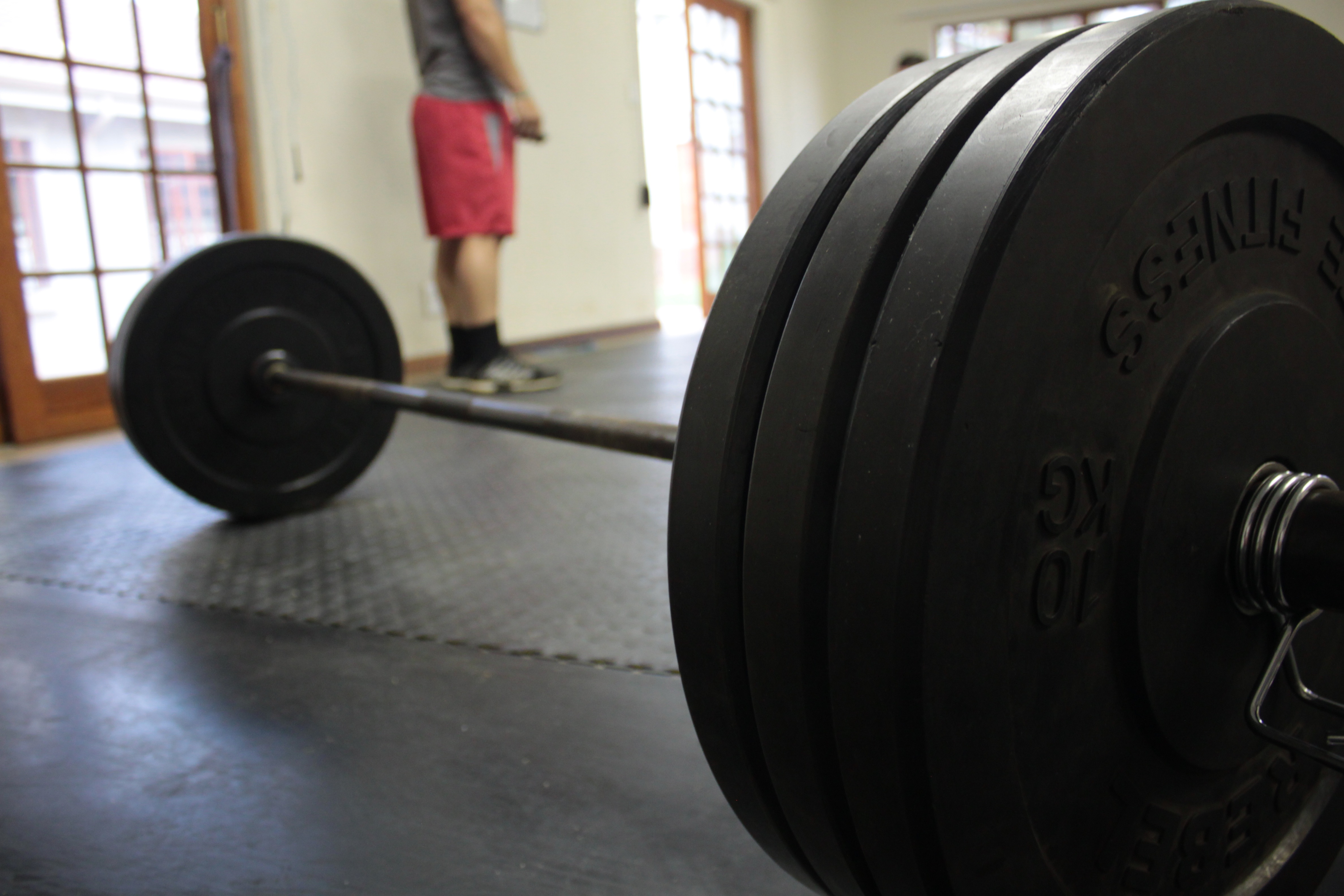Testosterone is one of the major anabolic hormones involved in strength training. Strength training produces an acute increase in testosterone. In other words, the act of lifting weights causes the body to produce more testosterone for a short period of time after the strength training session. Repeated exposure to this acute increase may be one of the things that is necessary for muscles to become larger and stronger from training. Traditionally, hypertrophy training focuses on moderate volume, moderate intensity, and short rest periods. Maximal strength oriented training focuses on low volume, high intensity, and long rest periods. Villaneuva et al, in the October issue of the Journal of Strength and Conditioning Research, study the impact of volume and short rest periods on testosterone production resulting from strength training sessions.
They studied six men with some recreational weight training experience. Each subject performed each of four different workout protocols utilizing the same exercises: Smith machine back squats, bench press, pulldowns, and knee extensions. The protocols are listed below and show the number of sets times the number of reps times the percentage of 1-RM for each exercise.
• Protocol 1: 8x3x85% (60 seconds rest between each set)
• Protocol 2: 8x3x85% (90 seconds rest between each set)
• Protocol 3: 3x10x70% (60 seconds rest between each set)
• Protocol 4: 3x10x70% (90 seconds rest between each set)
Before, immediately after, 15 minutes after, and 30 minutes after each protocol the subjects’ blood was sampled.
Each protocol increased testosterone concentrations. The table below shows the approximate percentage increase by protocol and period of time:
Pre to Post Pre to 15 minutes post Pre to 30 minutes post
Protocol 1 12% 11% 10%
Protocol 2 14% 14% 10%
Protocol 3 22% 17% 13%
Protocol 4 21% 15% 5%
The two higher volume protocols (3×10 reps per exercise) had the greatest increase in testosterone.
The two strength protocols (8×3 reps per exercise) also had large increases in testosterone.
This suggest a number of interesting things. First, if exercise-induced increases in testosterone impacts hypertrophy then all of the protocols studied would be effective, but the higher repetitions ones would be more effective. Second, the short rest periods in the study (60 seconds and 90 seconds) may have an impact on this testosterone increase. Third, the authors deliberately focused on a total body approach to training. With the exception of the knee extensions, all the exercises used are multi-joint exercises. This would seem to reinforce the importance of a multi-joint exercise approach for hypertrophy and strength. Finally, it’s interesting that eight sets of three produces a large increase in testosterone, suggesting that this may be a viable protocol for increasing hypertrophy.
This study does have limitations, however. First, the subjects are recreationally trained individuals. On average they were Smith machine squatting 175% of bodyweight and bench pressing 128% of bodyweight. It’s unclear whether these results apply to well-trained individuals or elite athletes. It’s possible that both classes of individuals would respond differently to training.
Second, we have no long rest periods to compare to. For example, what happens if the subjects rest for 120 to 180 seconds between each set? The study was designed to see if shorter (60 second and 90 seconds) rest periods increased testosterone. This is normally how hypertrophy training is performed. But this is not normally how strength and power training is performed, in those situations it’s normal for rest periods to be 120-180 seconds between sets. It would be interesting to compare the impact of those rest periods on testosterone production.
Third, it’s unclear from this study if these kinds of testosterone increases can be sustained with repeated exposure to these training protocols. We think that experiencing this kind of testosterone increase after a strength training program is one of the keys to hypertrophy and increased strength. Because of this it is difficult to extrapolate the effect of a single training session on long-term training.
Villaneuva, M.G., Villaneuva, M.G., Lane, C.J., and Schroeder, E.T. (2012). Influence of rest interval length on acute testosterone and cortisol responses to volume-load-equated total body hypertrophic and strength protocols. Journal of Strength and Conditioning Research, 26(10): 2755-2764.


